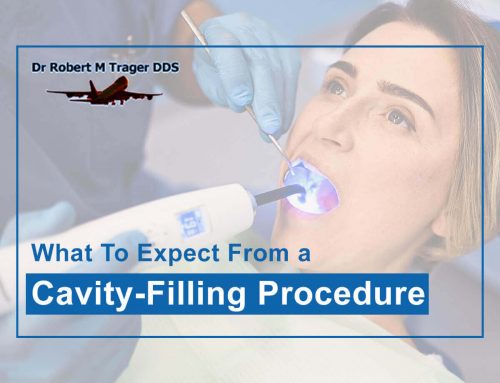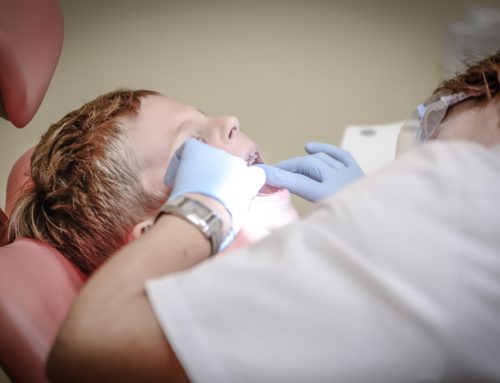
Sensitive gums and teeth are also symptoms
Swift action will be needed
Gum disease is not something that one should wait to see if it gets better. It can go from specks of blood on a toothbrush to possible tooth loss in a short amount of time. While some of the symptoms are quite obvious, some may be inconspicuous or confused with something else.
Here are some of the things that people need to look out for when it comes to what they see when they brush their teeth. If any of these symptoms show up, it’s time to quickly schedule a dental visit to hopefully stop it in its tracks early. Otherwise there can be a lot of side effects ranging from tooth loss to heart disease and other illnesses.
Inflamed Gums
Having inflamed gums is usually one of the first things that people notice when their gum disease has progressed beyond gingivitis. The gums appear red and swollen and there’s bleeding when flossing. They can also feel tender.
Loose, Wiggly Teeth
This is not the cute loose tooth situation from childhood where you know that an adult set is coming in. These loose teeth, if they fall out, are not going to be replaced with anything but either dentures or dental implants. In the meantime they can make life more unpleasant, ranging from making chewing more difficult to a very different bite.
Bad Breath
If there’s a lot of plaque in someone’s mouth then that means a lot of bacteria can eat the plaque then give off foul-smelling toxins that give someone bad breath. While bad breath can be a sign of multiple things, it’s something that warrants a closer look by a dentist, especially if it’s accompanied by any of the other signs. Typically, if one just has mild gingivitis, that’s not the case, but the bad breath can be a harbinger that something else lurks under that gumline and it needs to be stopped before it gets drastically worse.
As mentioned before, these can be symptoms of an infection that can move quite rapidly in a person’s jaw and wreak all kinds of havoc in a short amount of time. Other things to look out for include smaller gums and sensitive teeth. Going to a dentist is imperative so that some form of treatment can be done, ranging from scaling and root planing to having to lift gum flaps and clean under those. Antibiotics may have to be prescribed and they may either be applied topically or as a mouthwash or if the infection is very deep, in pill form.
Dr. Robert Trager has been working with patients with all levels of gum disease for decades. He can help them get back their healthy smiles.





